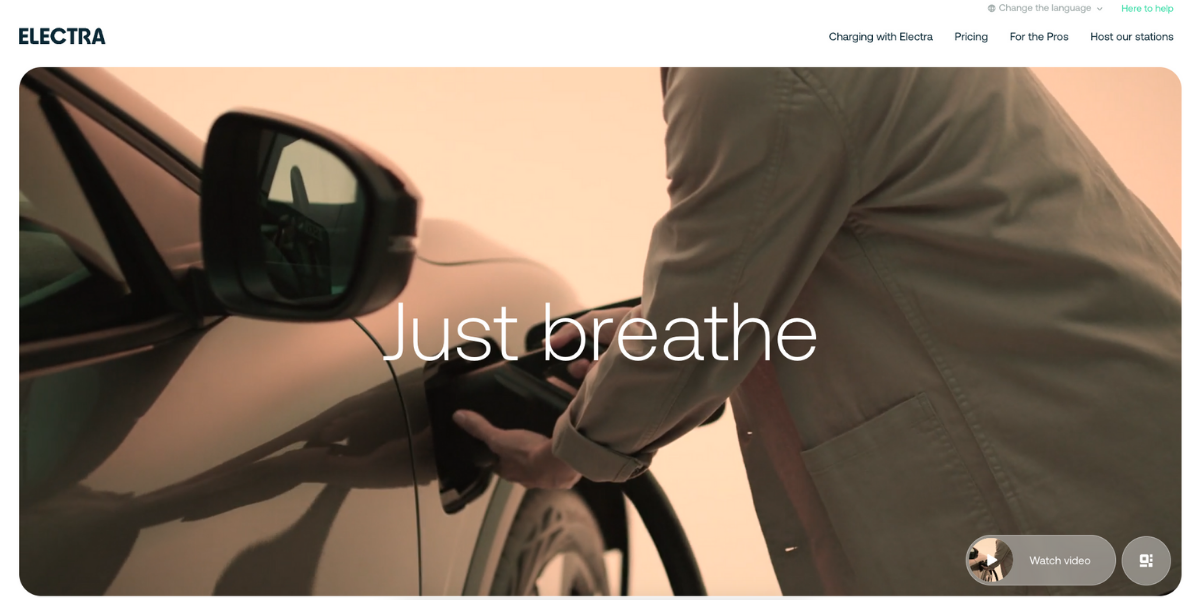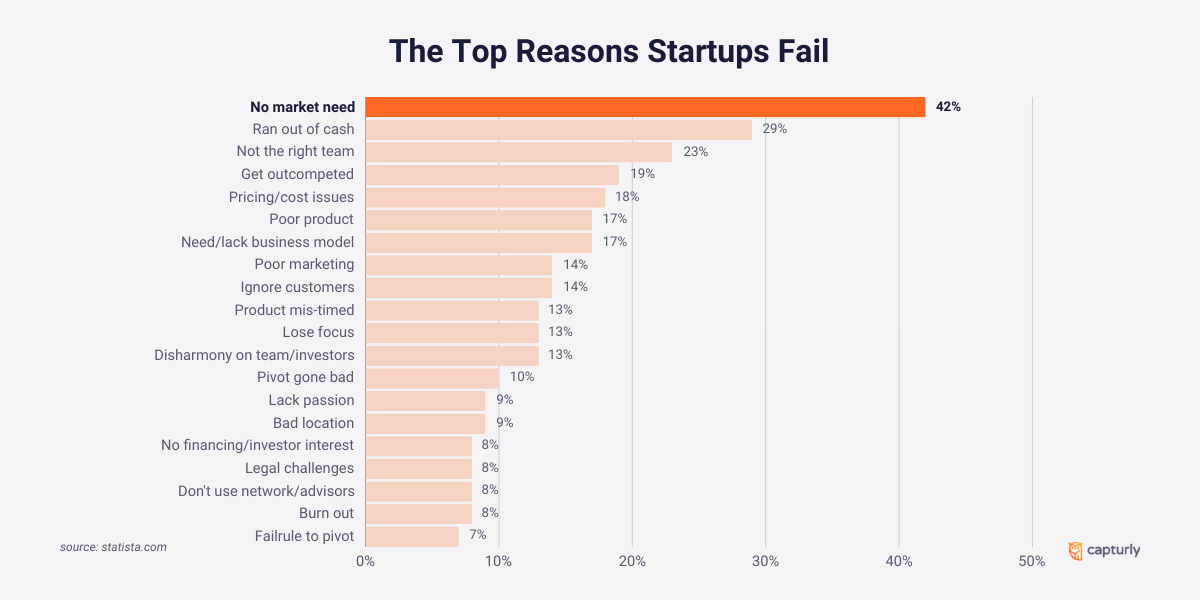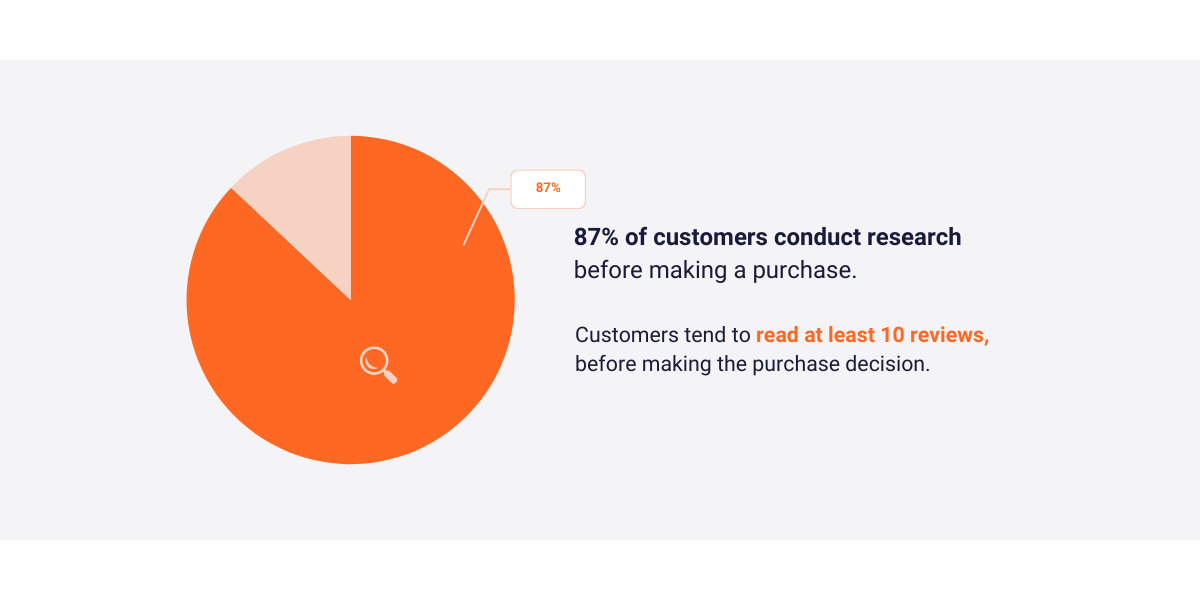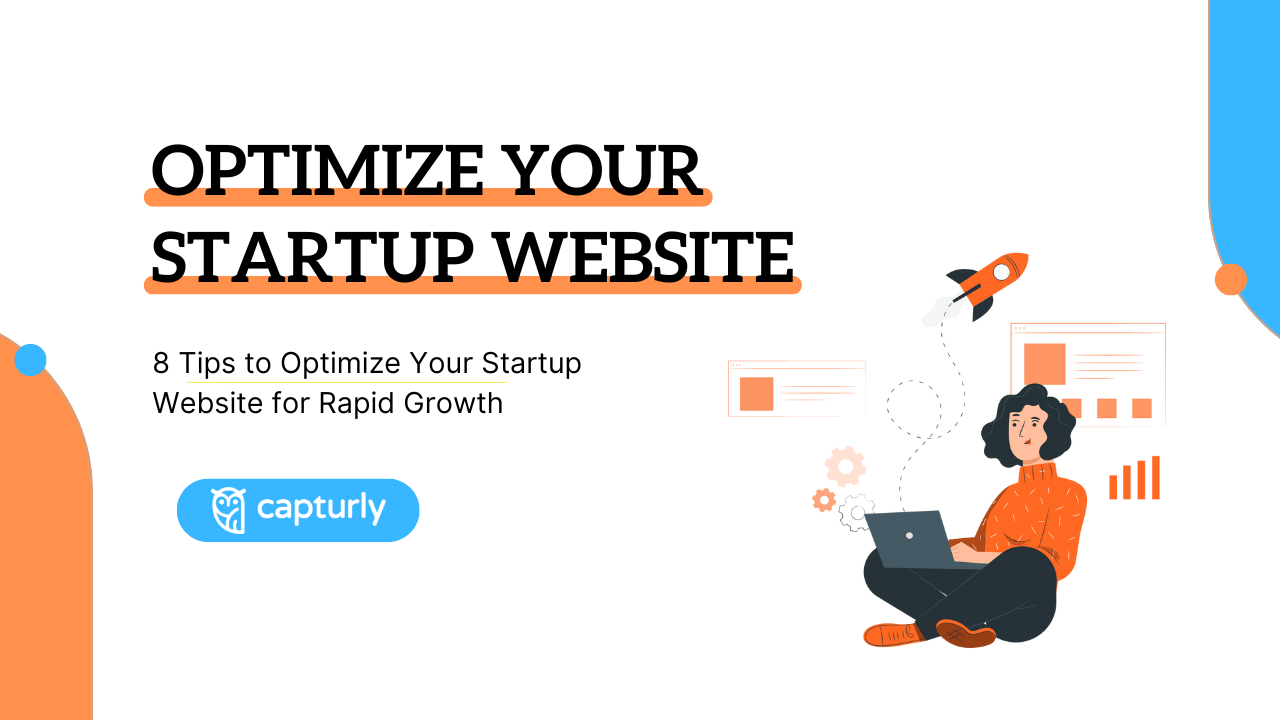Startups are not for everybody: when you come up with something revolutionary, many people think you already won the big prize. However, it’s just the tip of the iceberg.
According to Startupgenoms 2019 research, every 11 startups fail from 12. That’s a 92% failure rate, more than in any other industry. The dream of startuppers to develop a unicorn firm seems an unachievable dream for many of them, 1 of every 100 startups reach this status at one point in their existence; that was a CBSinsight report from 2018.
To create a successful start-up, you require some key characteristics in this supported, but very tricky business type. You need to be committed, it requires hard-working skills, continuous learning, bravery, confidence, and a high level of leadership.
Why do you need that much skill to be successful in this area? This field requires knowledge from too many parts of life, more fields than a person is capable of learning. You need to create:
- A concept of the product
- Measure the need
- Gain money for the development
- Create a demo product, get more money
- Find your potential buyers
- Make the actual product
- Advertise it through some channels.
There are many more steps, even some less highlighted, but as important as these. Complementary steps, which you need to accomplish in order to reach the main steps. For example, organizing a team around you, making strategic planning, or creating a site. In this article, you will learn some further information about the last.
Creating a simple website for a small enterprise, and creating a site for a fresh and dynamic startup company require two different approaches. Even if you know how to create a successful and compelling site, as the requirements are not the same, there’s a big chance your startup will strive to its death! Avoid it at any cost, by just implementing our tips!
8 tips to optimize your start-up website
In this part of the article, we will share 8 tips with you, which all enhance your startup site’s optimization.
1. Tailor your site to your target audience’s needs
Every single thing on your site comes there for a reason. That’s even more true in association with startups. You need to optimize your website’s content, design, and user experience to resonate with your potential buyers’ expectations. An efficient startup web page not only wants to sell a product to the customers, or a service, but a feeling. A feeling they always wanted to experience.
Here’s Electra, for instance. It is a European startup that created their own electric charger platforms with bookable spots. This startup wants to satisfy those needs who use green energy, but are currently not satisfied with the wait times at the charger stations.

Their priority target audience must be something like this: a middle-aged man with a salary that is higher than the average. They live in an urban area, and they already have at least one electric car. They often get frustrated about the high wait times at charger stations.
So, they prefer green energy over non-sustainable energy.
Astonishing twist! Their site’s background is green, and the font style is very futuristic.
These types of pictures are all connected to their target audience. A man, same as we described, appears in the picture with a charger on one of his hands.
So what we assume our target audience likes, we screen those characteristics on our webpage.
2. Plan before act
In terms of any website, there’s no action before a planning period, but startups even more need to follow this instruction. Most of the time, a startup is not managing its own money. They have numerous investors who give money to the startup in the hope of getting more in the long term than they give in the present. That’s why the responsibility is higher, as well. If the startup fails, you are not only losing your own money, but it can also cause even bigger troubles.
The world of startups attracts liars like a magnet, who can’t acknowledge failure, even when nothing is left. Theranos’ downfall could have been avoided if Elizabeth Holmes and her team had looked beyond financial projections and thoroughly analyzed the capabilities of their technology. A deeper examination might have revealed the limitations of their blood testing system, prompting them to shut down the company before resorting to lies and manipulating data for the authorities.

You should learn about these mistakes, and this information can also be useful when creating an online platform for your startup. We should define:
- Our goals – what do we want to achieve, and how do we get there?
- Target audience – who do we want to speak to?
- Our timeline – how do we sort out our objectives, which team members will work on our different tasks, and what tasks come after the previous?
- Content strategy – What content do you want to add, and what time frames?
3. Find a way to drive traffic to your site
According to Statista’s research by 2017, 42% of startups fail because there is no market need for that product/service. Unfortunately, startup founders tend to overestimate the need for their features and don’t listen to the counter opinions.
Also, innovators (who first test the product) are usually very excited to use the feature, and there’s a high chance that they overestimate the effect. Due to this simple misleading fact, and because startuppers always try to accomplish their investors’ expectations, they make their projected numbers too much.

Now you know why it is a crucial task to drive or generate traffic to your site as soon as possible. But what are your possibilities? You won’t just find 10 thousand potential buyers randomly. Well, it is easier if you already have some social media presence. According to our observations, it is one of the easiest parts of the life of a startup to generate some publicity. Both journalists, and readers love innovative ideas, and they aren’t afraid to write articles about these companies or follow the company on their social media platforms.
Use email marketing!
Email marketing can be another great option, but here you also need some preparation. The thing is, without valid email addresses from your potential buyers, you can’t guarantee the success of an email campaign. However, our tactic worked well: when we had asked our potential buyers to gather their comments about our service, on the last question of this questionnaire, we had asked: “If you are interested in upcoming information about this startup, write your email address here”. In contrast to our expectations, many potential buyers had written their email addresses down, which we used for our email marketing campaign later on.
However, if you don’t have previous data, you can still have a lot of options, but you need to spend a little more time or money.
For example with:
- SEO (requires more time)
- SEA (requires more money)
- Social media marketing
- Content marketing
- Other pay advertising techniques
4. Prepare for scaling
This tip is one of the most important in terms of startups. Most of the family organizations do not want to attract more and more buyers. They don’t want to conquer nations and continents, they only want to keep the same old buyers. Now, move to one group of companies forward. The sixth German webshop which only delivers inside the borders, doesn’t want clients from outside of Germany. That’s why they can estimate their maximum potential of website traffic, and purchase servers according to these calculations.
However, when you launch your startup’s website, is the number of potential buyers still obvious? Probably, you have some projected metrics, but you can’t predict the speed. You start with low numbers, just a few visitors, but if you manage your startup right, you can find your traffic in a better shape. Scaling means you are aware of the upcoming obstacles, and before your site reaches its limits, act!
Theoretically, there are two ways to scale your site:
- Horizontal scale – adding more servers to the available ones
- Vertical scale – the improvement of your single servers’ resources

Although, sometimes you can’t avoid scaling your website up, or out, we can agree that at the beginning you won’t spend extra money creating enormously big server parks. Luckily, there are a few practical ways on how you can make your site more flawless, and fast. Introducing these tips means that even if too many visitors appear at your site in one time period, your site will stay solid.
Tips for making your startup website faster, and better optimized
- Reduce the number of files that your website loads
- Use a content delivery network
- Use catching
- Always monitor your traffic
In the next chapter, we will introduce how monitoring web traffic can lead you to a more optimized startup website.
5. Understand your visitors better
To understand your visitors better in the online startup world, you need to understand two different things:
- What do my visitors do at my site?
- Why do they do that?
You can’t ask them all the time to rate your site. In the first few cases, these visitors want to feel freshness, and uniqueness, and they don’t want to fill out more and more questionnaires. That’s why you need to look out for other solutions.
Based on our experience, collecting and analyzing your visitors’ data is the most efficient way to do that. To answer both of the questions, you need two tools, both need to be connected to your site, even before you want to start tracking your visitors’ data.
Google Analytics
Google Analytics will give you answers on what your visitors do on your site. This tool can track the number of visitors, analyze where these traffic are coming from, make conversion rates to track where your visitors bounce, and so on. Google Analytics is the most trusted web analytics tool, and it’s also free which in terms of startups is a good characteristic. However, this tool can’t give you proper answers about the “why”-s. And without the “why”-s, you can’t fix your mistakes. You acknowledge that the customers are frustrated, but it is not clear what causes that bad user experience, thus you can’t solve it.
Capturly
That’s why other web analytic tools exist, which need to track your customers’ data with Google Analytics simultaneously. Capturly Analytics, our data analytics tool, offers you a bunch of other tools that Google Analytics can’t guarantee to you.

In terms of startups, one of the most useful tools is our session recording software. This tool enables you to capture an archive of individual visitors’ sessions, so you can understand why they get stuck, or exit your site. Moreover, our session recording software is connected with our funnel analysis, so you can rewatch those sessions where the user dropped-off. On top of that, we offer a live session recording function. This way you get a clear understanding of their problems, and fix the issue even before the user starts to complain, or go away from your site.
6. Emphasize your USP in the hero section
Did you notice that most startup websites start with a simple sentence?
Let me show you a few!

Runway is unique because of the combination of AI, and much more creativity than their competitors.
Printful is a platform where the users can create, sell and buy custom products.
These sentences are all available on above-the-fold, in the hero section of the startups’ websites. Why are these essential to have? I have two simple reasons!
- These help the visitors to categorize the product/service to their own coordinate system
- It can reflect your business unique selling proposition(s)
Unique selling propositions help you because they demonstrate something new that no other company knows. It is important to highlight since that is your deadly weapon in the market. But customers won’t scroll down on your site, just to discover what you are hiding from them. This crucial information must be shared with them, you can even connect it with an engaging CTA.
Be aware that hero sections have their limits:
- The main text must be less than 90 characters
- Use a maximum of two calls to action
- Place an image or a background here – visitors need to understand what you sell even before reading the text
7. Trust your visitors’ comments
A startup depends on its buyers more than a normal business. Why? Because a startup needs to earn back its investor’s money within a time limit, as we already mentioned. If they are out of time, they will shut down. That’s why they can’t make mistakes, and can’t take different paths, and approaches than the visitors want, because they can’t get enough sales to attract the investors.
There’s a really good case study on this topic, so let’s meet Juicero, a startup that didn’t take its potential customers’ thoughts too seriously.
How Juicero failed?
Juicero was founded in 2013, this startup tried to develop a revolutionary device that could cold-press juice from proprietary packs of fruits and vegetables, offering convenience and freshness to health-conscious consumers. There was a major flaw with the machine. Even though it cost a hefty $400 in 2015, it was actually slower at juicing than simply squeezing the fruit by hand.
The criticism was high amongst the buyers and tried to understand why the company was not competitive with other solutions. The company did not want to hear these negative voices and continuously tried to sell the products at the same price. What was the end: Juicero needed to shut down in 2017!
Now, you need to take notes: when your startup’s first few buyers appear (usually innovators, or early adopters), you need to hear their voice. Enable ratings and reviews on your website, for two simple reasons:
- It will give your startup social proof
- You can make changes based on these reviews
Don’t do what Juicero, one of the biggest disappointments in the world of startups, did: running forward self-confidently, without any hesitation at all.
8. Use social proof
Think of the customers’ brains. You advertise a new solution to a well-known problem, and the price of your product is not even that expensive. What would you think at first sight? It can’t be real. Something will not work perfectly.
According to Optinmonster statistics, 87% of customers conduct research before making a purchase. Customers tend to read at least 10 reviews, before making the purchase decision. These numbers are even higher in case of startups.

Although normal webshops use the social proof technique frequently, it is even more popular on startup websites. This term means the website contains one, two, or numerous comments, and reviews from their buyers’ satisfaction connected to their product/service.
Let’s check the previously mentioned Ritual’s site:
In this case, they not only use social proof, as a simple marketing technique to convince their buyers’ about their professionalism. They also do what most book publishers do on the back cover of the books. Highlight that the review comes from an expert who has deep insides into the topic.
Imagine that Christina travels to a bookstore. She added 5 books to her cart, but she can only pick two of them, so she is trying to sort them out from favorite to less favorite. Of course, she doesn’t know which has the best story, but one’s back cover looks like this: “The best story-telling I have ever witnessed – Eva Miller – Publisher of New York Times. It not only mentions that the book is great in terms of an aspect, but highlights the name, and the occupation of the writer of that review. It is so appealing to a person who adores the New York Times, but even if the customer doesn’t read this magazine regularly, she knows that it is prestigious.
In the case of Ritual, Erica may be a successful person in health, and they know that the customers will agree with her thoughts. Erica is not only credible but famous for a group of people. Watch out that your target audience thinks your social proof is credible, otherwise it may affect their impression negatively.
Conclusion
If you create a startup, you need to put the maximum effort into searching for investors, doing market research, finding new and new clients, and making the most of your website. Optimizing your startup’s website is not harder than any of these, but this part has its own threats also. In this article, we not only listed these threats but emphasized the solutions to these problems.
In total: we shared some of our best tips on how to make your startup website even more optimized.

Don't forget, sharing is caring! :)

